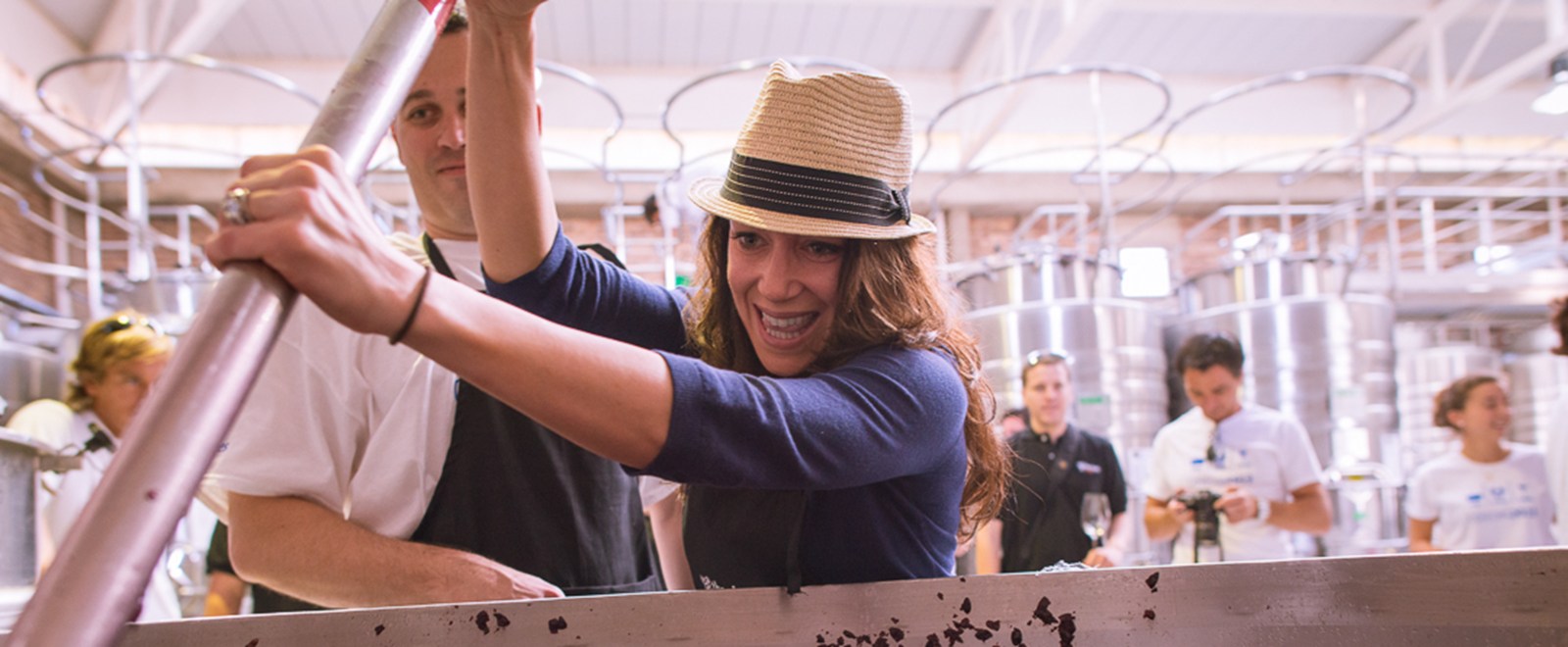De esta manera, encontramos rosados hechos con uvas poco comunes para la Argentina, como el Mourvèdre o la Garnacha, al tiempo que el packaging y las etiquetas son cada vez más llamativas, buscando conquistar a los nuevos consumidores.
“Es muy favorable lo que está pasando en Argentina con los vinos rosados porque demuestra que el consumidor se está animando a elegir qué tomar en base a la temporada o al momento del día. El rosado, en particular, es un vino que tiene diferentes posibilidades de producción y eso lo vuelve interesante, tanto para el que lo hace como para el que lo prueba”, explicó Mariana Onofri, quien es Wine Director de The Vines, y acaba de lanzar Alma Gemela Mourvedre Rosé 2018.
En cuanto a los tipos de rosé que se comercializan en el país, se puede decir que los referentes son aquellos que se producen en La Provence, al sur de Francia. Se trata de creaciones en cuyos colores predominan las tonalidades estilo piel de cebolla o salmón. Hablamos de vinos de colores pálidos y que, en boca, son suaves y refrescantes.
Su consumo es ideal para abrir un encuentro, oficiando de aperitivo, aunque también maridan muy bien con platos que se han popularizado en el último tiempo, como el ceviche de pescado, el guacamole o el curry picante.
Si bien en Argentina, la costumbre es acompañar el asado con vino tinto, lo cierto es que el frescor de un buen rosé ayuda a equilibrar el sabor entre bocados. Los rosados, además, van muy bien con ensaladas de mariscos y con pastas con salsas espesas.
Con respecto a su elaboración, se los puede producir directamente de uvas tintas apenas maceradas con sus hollejos, pero la clave siempre está en el color. Por este motivo, y buscando mantener las tonalidades suaves, es que suelen utilizarse maceraciones carbónicas.
Otra tendencia reciente es que los rosados tengan más cuerpo y no sean tan ligeros de sabor como al principio. Un buen ejemplo es Padma, de Bodega Corazón del Sol, que está hecho con Garnacha. “No quise hacer un rosadito liviano, Padma está pensado para acompañar desde pastas hasta carnes”, explicó el enólogo de la bodega, Cristian Moor.
Para darse una idea de lo popular que se han vuelto los rosados, basta con enumerar los lanzamientos que hubo en los últimos tres meses. Al menos, diez bodegas dieron a conocer detalles de sus nuevos rosés. Los hay de Malbec, Bonarda, Pinot Noir, Merlot y Cabernet Franc. Incluso, hace poco, se lanzó uno compuesto por Pinot Noir, Cabernet Franc, Merlot y Malbec, llamado Rosadía.
